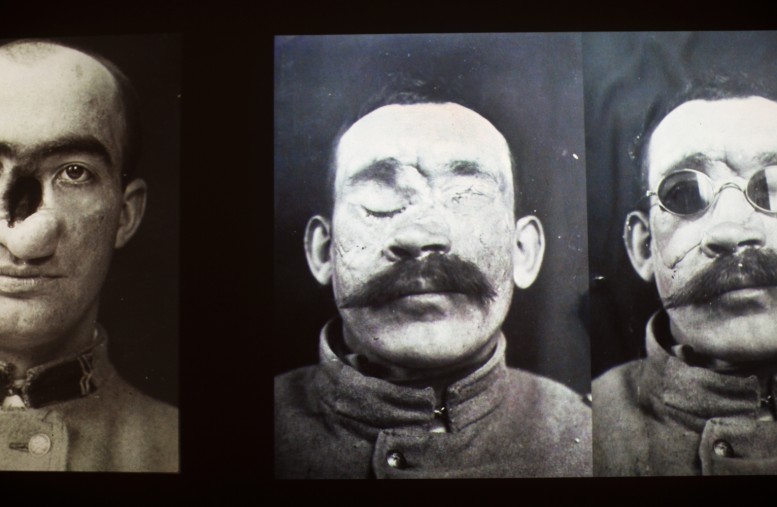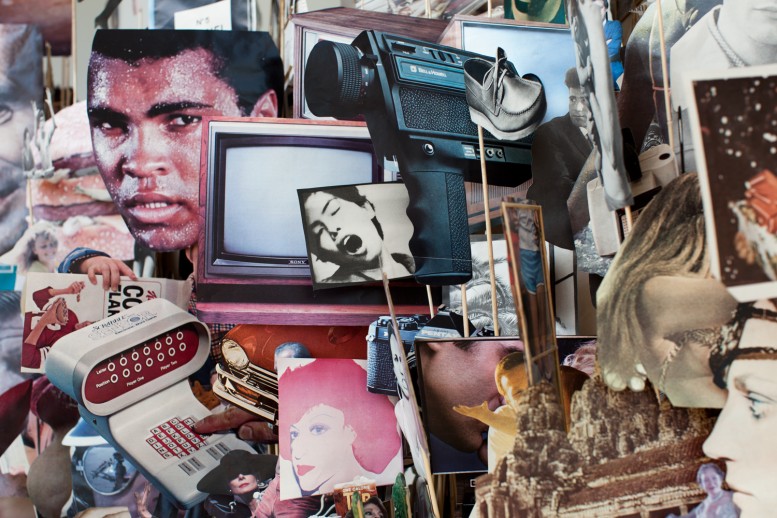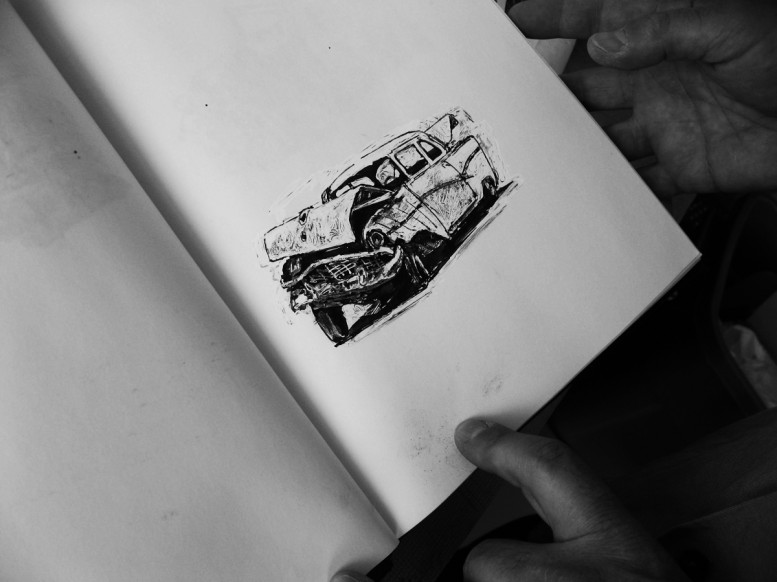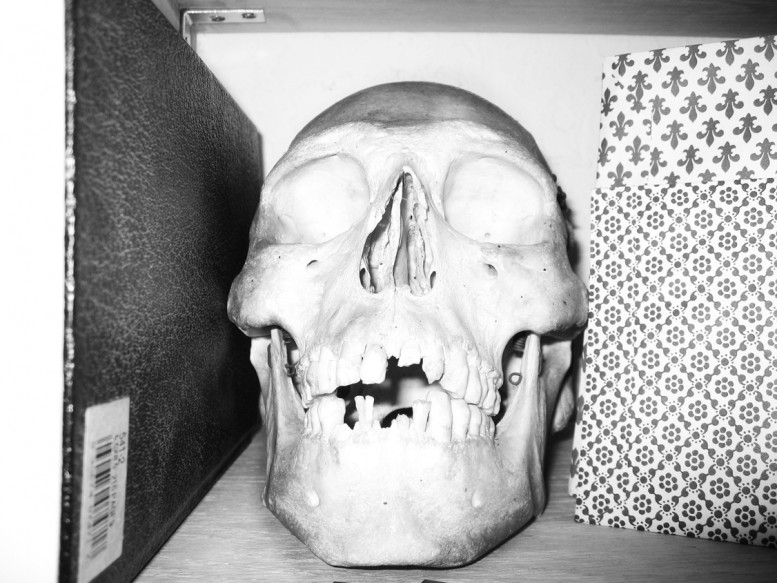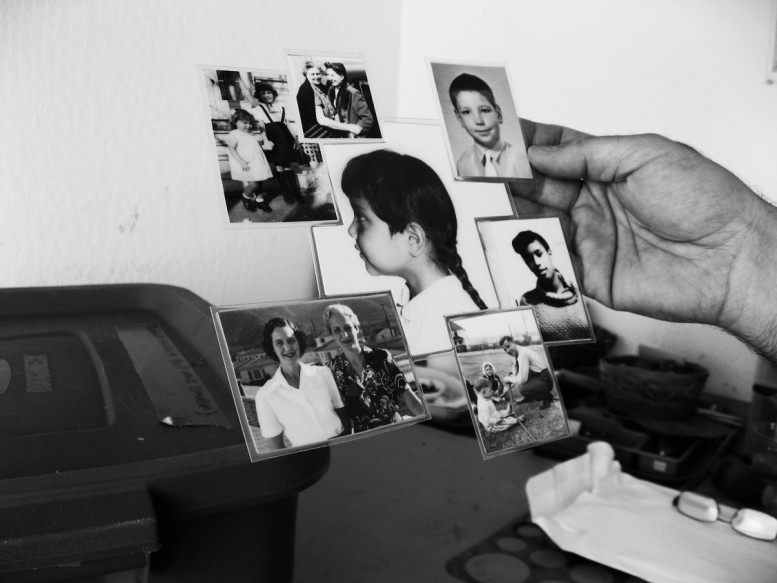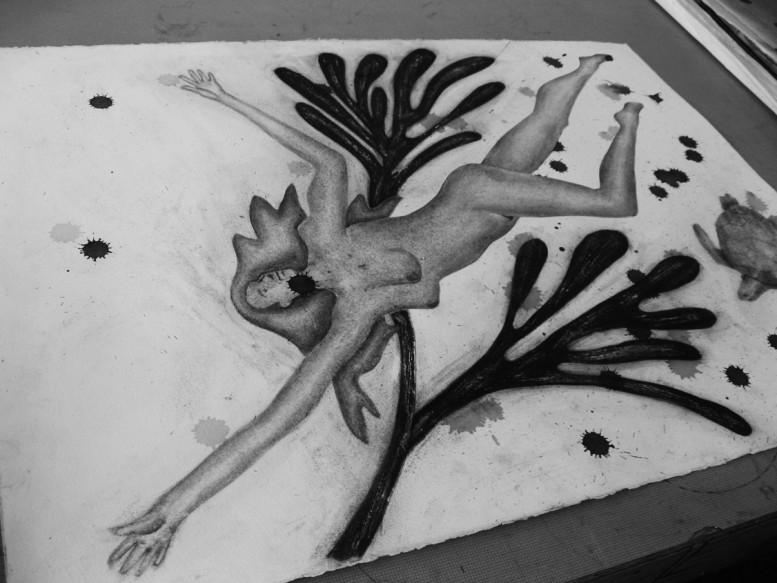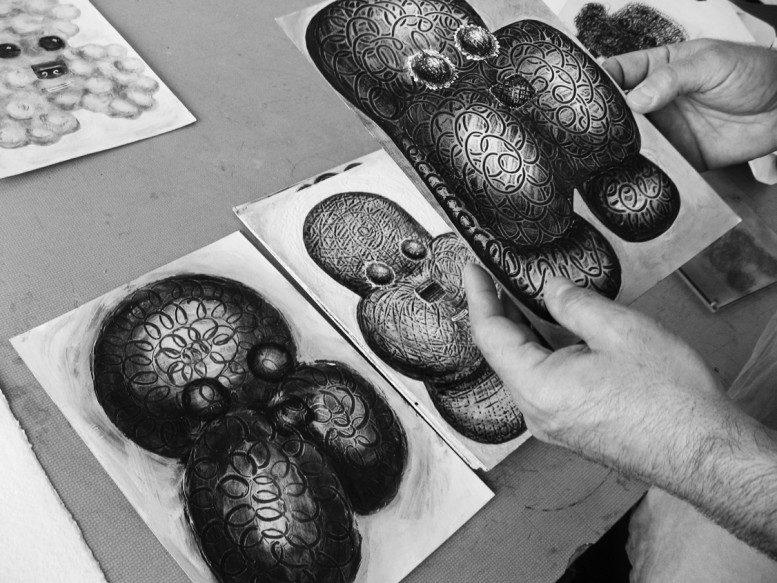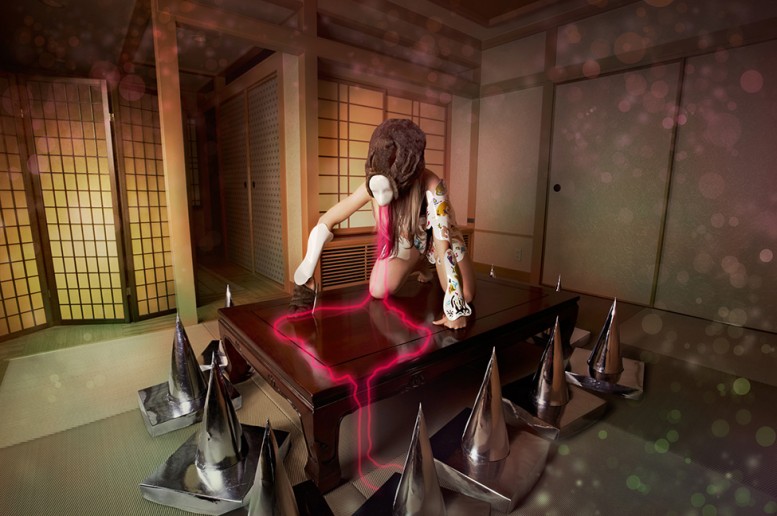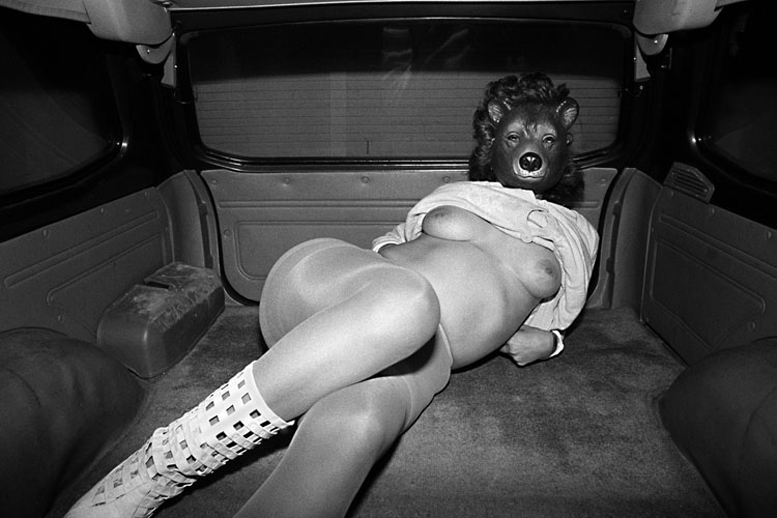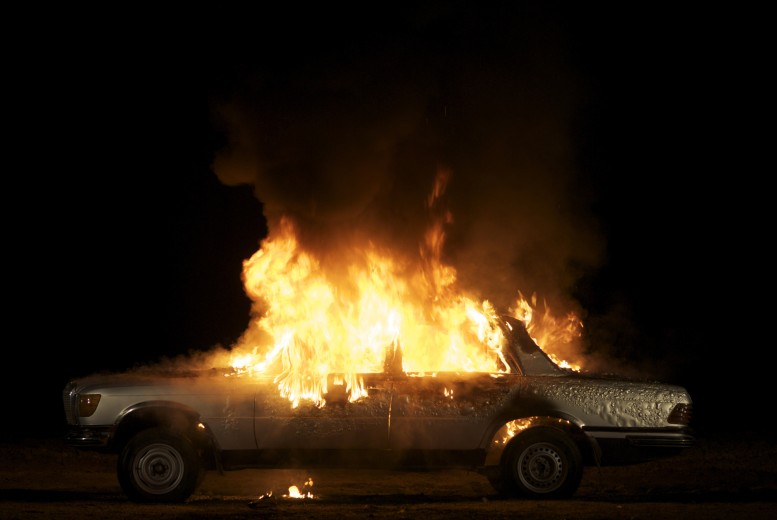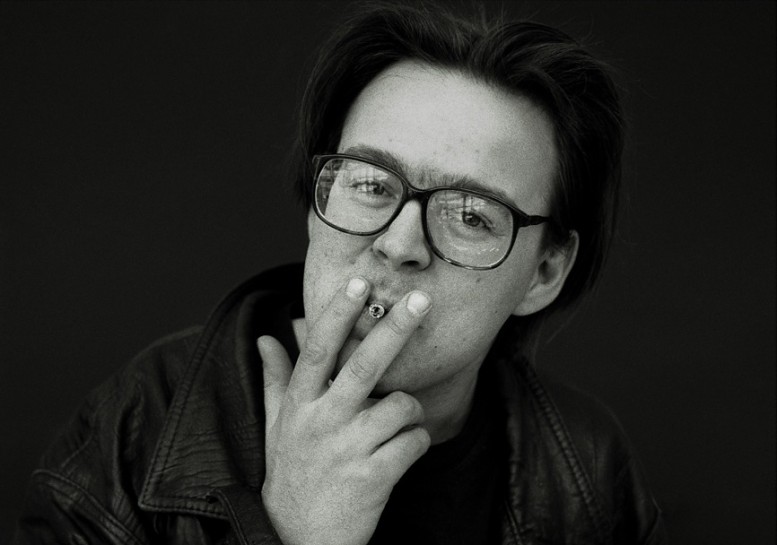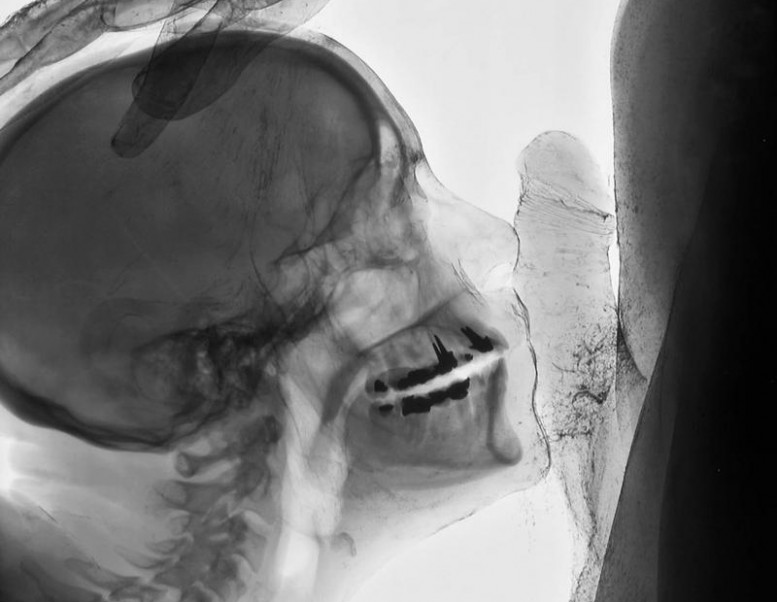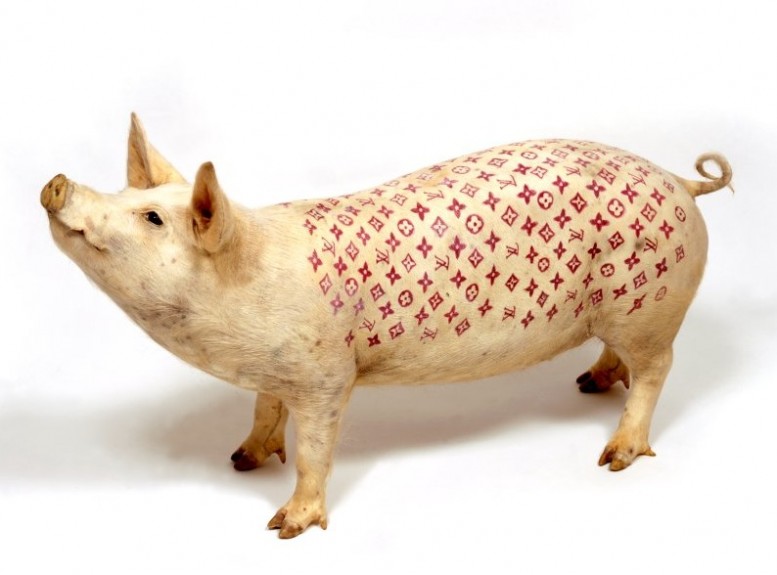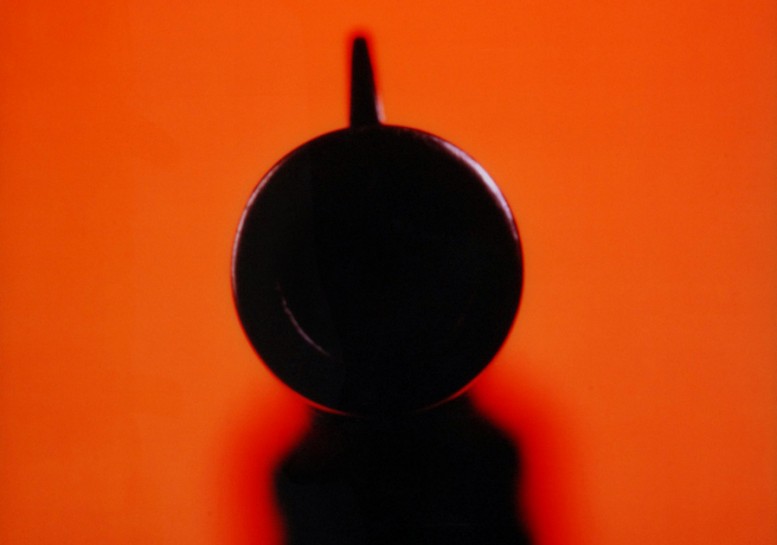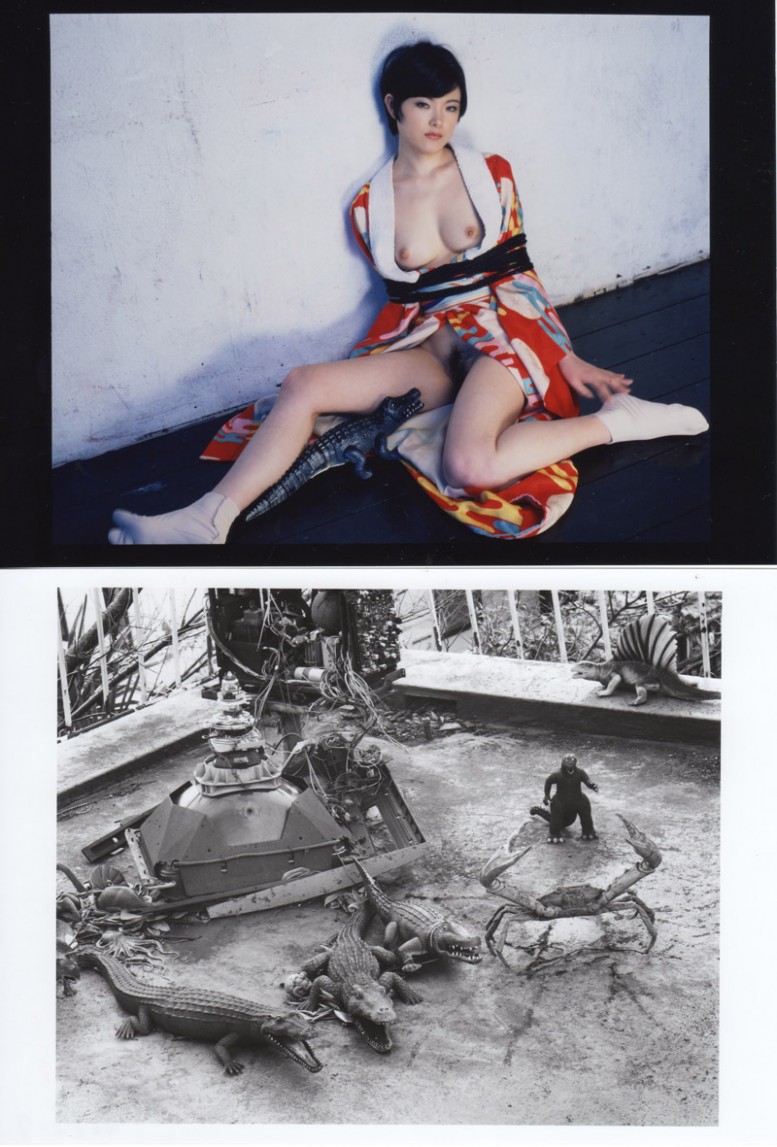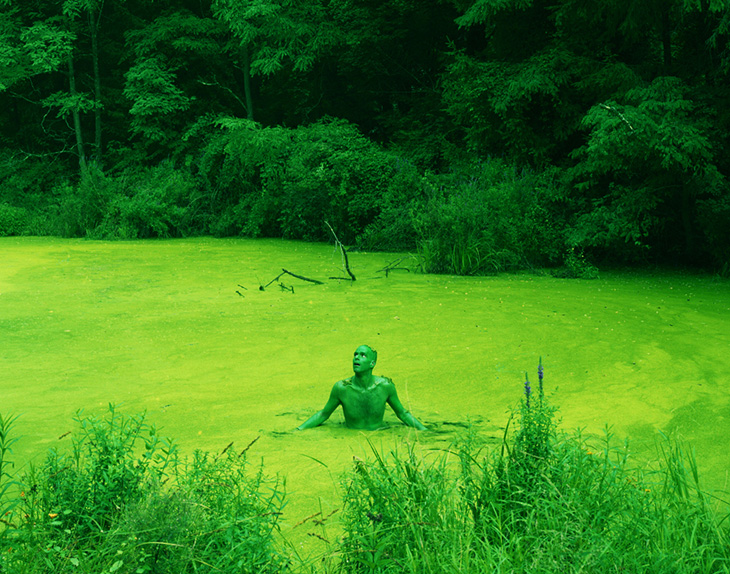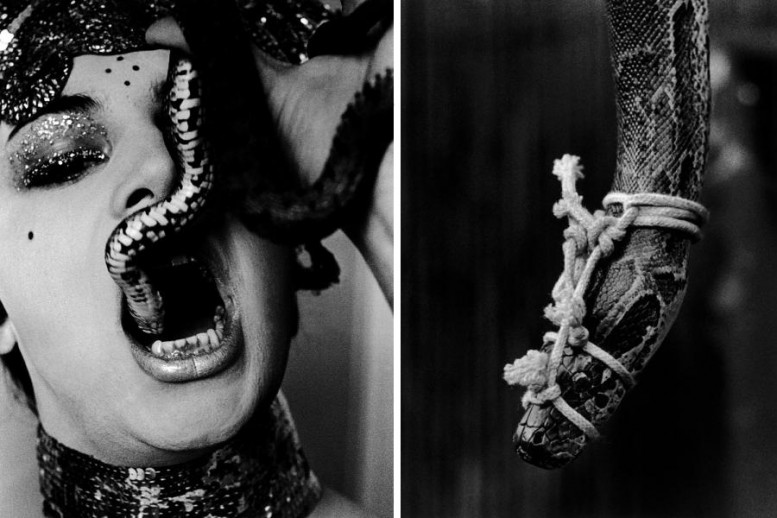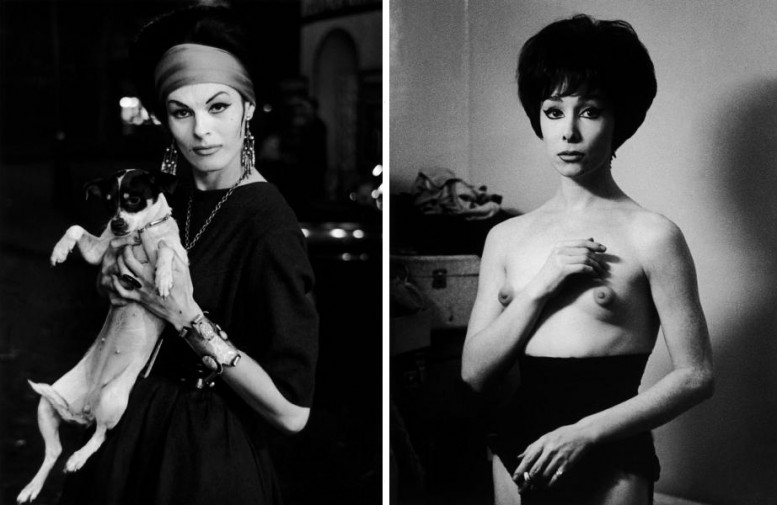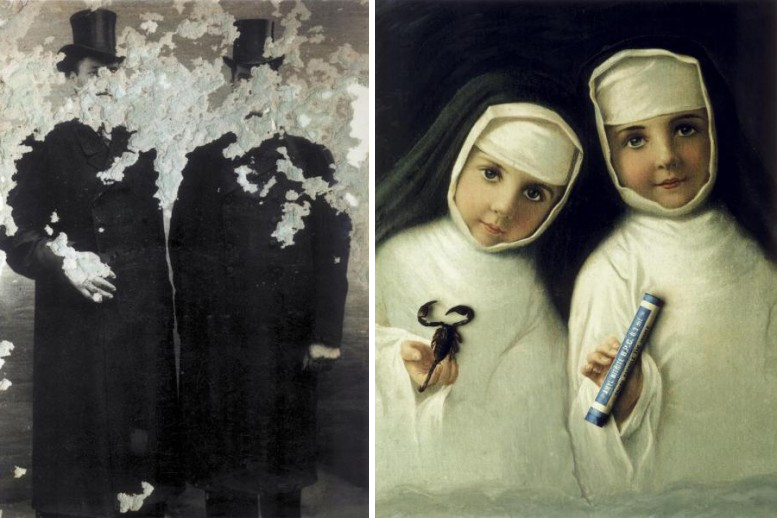Documenta is a contemporary art exhibition that happens every 5 years for 100 days in the decidedly uncool town of Kassel, Germany. Armed with a map, a new friend and a bicycle, I set off on a tour of museums, galleries, train stations, bakeries, hospitals, libraries, planetariums, back alleys, parks, public squares, contentious religious sites, campy hotels, department store windows and nondescript, unmarked sheds to engage with art of nearly every conceivable medium. There are hundreds of artists who participate under the curatorial purview of Carolyn Christov-Bakargiev, the past head curator for P.S.1 Contemporary Art Center and Castello di Rivoli Museum of Contemporary Art in Turin.
Experiencing the expansive breadth of the work could very well take the full 100 days and I spent 4 days there, which allowed me to see the majority of the show and much of it in haste. Walking into the Fridericianum, the central museum of the Documenta which houses the 'brain' of the exhibition, I got a feel for Carolyn's distinctly light touch - works like “I Need Some Meaning I Can Memorise (The Invisible Pull),” by Ryan Gander, which is nothing more than a cool breeze blowing through the cavernous gallery and Ceal Floyer's 'Til I Get It Right,' a warm, scratchy, saccharin loop of 'so I'll just keep on…til I get it right." These pieces set the tone and my expectations for the show; restrained, intelligent, subtle, poetic, conceptual, lyrical - a change of pace from super-sized commercial art fairs, Deitch grandiosity, YBA-ness, Louis Vuitton Collaboration's and the such. What followed next, was a sprawling, city-wide, choose-your-own-adventure. The sheer amount of relationships between artists, viewers and spaces is immeasurable, that is to say, there are infinite ways to experience the documenta and what follows here are my most resonant impressions and pictures:
Sitting in a wooded patch of Karlsaue Park encircled in the sound cathedral created by Janet Cardiff and George Buress Miller. A cleansing rain washes away a soaring airstrike and blooms into a transcendent choral piece which blends into the light filled spaces between the gently pendulating leaves.
The metronome of Kader Attia's slide projector, firing images of extra occidental masks, objects, scarification, deformation and repair in concert with western faces, deformed and mutilated, in the dark shadows of colonialism.
William Kentridege's locomotive, swirling, immersive, existential, mathematical, fantastical Refusal of Time; hommage to Georges Méliès with a Loie Fuller phoenix rising and a dramatic procession of silhouettes summoning Kara Walker and Plato.
Geoffry Farmer's field of American LIFE.
Opening a door and walking into the pitch black of an unmarked shed in the lushly green courtyard of the Hugenottenhaus. Inching forward into the complete darkness that begins to hum with the sound of layered voices warming-up and then erupting into a celebratory a-capella arrangement of Good Vibrations by the Beach Boys. The paling of the dark and recognition of the dancing and singing performers around me. The joy of dancing and harmonizing human voices. The new visitors cautiously inching into the complete unknown. The feeling of seniority, knowing, belonging. The quickness of the cycle. (Tino Sehgal)
Rabih Mroué's pixelated, obsessive exploration of technology's role and implications in the Arab Spring.
Entering the baroque orangerie, ambling through the Cabinet of Astronomy and Physics and happening upon the love machine synthesizer, lovingly constructed by the finnish philosopher-composer Erkki Kurenniemi, which requires the touch of 2 or more people to generate sound. The inborn ability of his machine to bring together complete strangers in giddy wonder and human touch. People from disparate ages, countries and social strata holding and touching each other in different ways to change the tones. The universality of music. The power of human touch.
Goshka Macuga's bright and ethereal mash up of history and medium, arcing around the broad rotunda of the Fridericianum - self-referential, anachronistic and vertiginous
Listening to the almost uncomfortably candid thoughts of Janet Cardiff in my ears, as I followed her augmented video tour of the old train station on an iPhone. Experiencing the very real, ebb and flow of station as I simultaneously experience Janet's augmented, non-temporal, immortalized experience of the same space - Perplexed staring from onlookers - Wandering through the back staircases of the station. 'No matter how much you love someone, no matter how hard we cling to hold onto them, we will always be separate from them.' - Jeers from a young man I cut off stepping back into the realtime flow of station - Standing in a carnally vacant, digitally augmented corner, with tears in my eyes, watching lilliputian dancers in a pas de deux expressing that echoing, magnificently lonely sentiment.
Text and photography by Perry Shimon for Pas Un Autre



